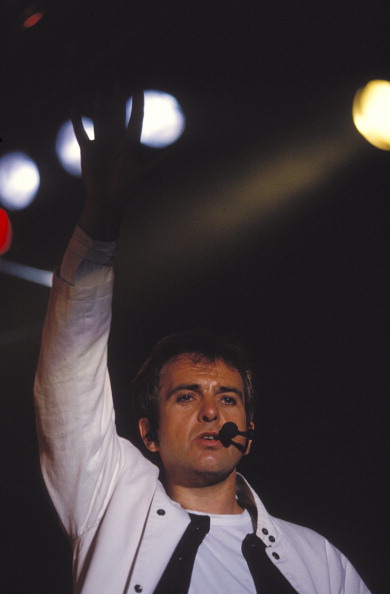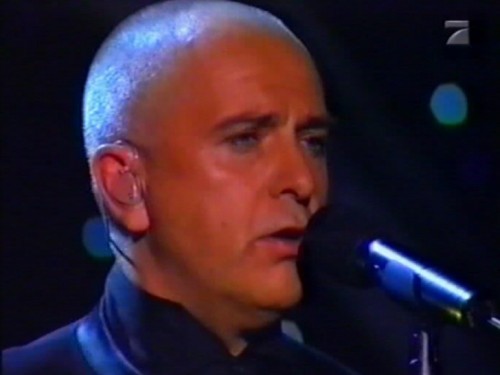Aging Like Peter Gabriel
Aging can be scary. Just ask my daughters about Peter Gabriel. But first, a little background…
In 1994 I mentioned to my friend Julie that I thought my hairline was starting to recede. “Well, duh!” was her response. Apparently, I was the last to know. Or maybe the last to know was Alice, my wife, because I managed to snare her prior to my long descent into baldness. 2013 helped spur the aging process, as I put on about seven pound and purchased my first pair of reading glasses. I figure it’s only downhill from here. There are exceptions to men aging in unattractive ways: say, George Clooney, Cary Grant, and every man who’s ever played James Bond.
But for me, I think I’m going to go down the path of Peter Gabriel (except for the world stardom part).
Gabriel didn’t really reach world stardom until his album So in 1986 when he was thirty-six years old, a fairly elevated age for a rock performer’s peak, but even six years later, when he toured behind his follow-up album Us and sang about aging issues like divorce, he looked good. Svelte. Tireless. Exuberant. When my daughters were young, we would play Gabriel’s Secret World DVD over and over, mesmerized by the visual spectacle of the show as much as the musical performances. Still own it. Still love it.
And then…
As Gabriel is wont to do, he stayed largely hidden from public view for a number of years, but appeared in 1999 at the Academy Awards to sing Randy Newman’s song “That’ll Do” from the movie Babe - Pig in the City. You could almost hear the audience gasp as he came onto the stage.
Check out the reaction that people shared on-line immediately following the Oscars (under the heading “Peter Gabriel YIKES”).
My favorite line is: “My husband came into the room and asked me why Marlon Brando was singing.”
Big deal, right? People age. Except it was only SIX YEARS AFTER the Secret World tour! The man went from this…

…to this…

...from the age of 43 to 49!
I’m 45, smack dab in the middle of the road that goes from “tolerable looking” to “ewww”.
Four years after Gabriel’s Oscar performance, I rented the DVD of his Up tour, excited to once again show my daughters an inspiring Peter Gabriel concert. I don’t want it to sound like I’ve raised two shallow-minded girls, but they practically cowered while watching the hairless, bloated figure on screen. They were only six years old, but they knew a cover up when the saw one.
“This is the same man?” they asked.
“It is.”
“Are you sure?”
I wasn’t. They went back to playing with their Barbies, and I finished the DVD, searching for a melody in tunes like “More than This” and “Growing Up.” It was as if the songs had suffered the same fate as their creator, plodding along, suffocating beneath their own weight.
It’s said that people see themselves at a certain age, frozen in time, and are shocked and betrayed when the mirror shows their true age. But better to live by that internal age then the external one. Better to be surprised when looking into the mirror than validated.
I guess that's the trick. So I've decided I'm going to live like I'm twenty-one and see what happens. Should be divorced and homeless within a month's time.
